Description
Herb Basil Genovese
Herb Basil Genovese. The classic large-leaved Italian sweet basil prized for its spicy flavour and wonderful aroma. Fragrant plants grow 18-24″. This is the variety of choice for pesto. Make successive sowings for continuous summer supplies. Annual.
Cultivation Advice
- Choose a well-draining, nutrient-rich soil for planting. Basil prefers full sunlight, so select a sunny location for optimal growth.
- Sow basil seeds indoors about 6-8 weeks before the last frost date. Plant the seeds 1/4 inch deep in seed-starting mix.
- Once the seedlings have 2-3 sets of true leaves, transplant them into larger pots or directly into the garden, spacing them about 12-18 inches apart.
- Keep the soil consistently moist but not waterlogged. Water at the base of the plant to avoid wetting the foliage.
- Use a balanced organic fertilizer or compost when planting. Basil doesn’t require excessive fertilization, but a boost during the growing season can be beneficial.
- Pinch off the tips of the basil plants regularly to encourage bushier growth. Remove any flowers promptly to prevent the plant from going to seed too early.
- Apply a layer of organic mulch around the basil plants to help retain moisture, regulate soil temperature, and reduce weeds.
- Basil is a great companion plant for tomatoes, peppers, and other vegetables. It can help repel certain pests and enhance the flavor of neighboring plants.
- Start harvesting basil leaves when the plant has reached a sufficient size. Harvesting regularly promotes continuous growth. Pinch off the leaves just above a pair of leaves.
- Keep an eye out for common pests like aphids and spider mites. Neem oil or insecticidal soap can be used for natural pest control. Ensure good air circulation to prevent fungal diseases.
- Basil can thrive in containers. Use well-draining potting mix, and place the containers in a sunny location. Regularly check moisture levels in containers.
- In colder climates, consider bringing potted basil indoors for winter. Prune the plant before bringing it indoors and place it in a sunny location.
- Basil prefers slightly acidic to neutral soil with a pH range of 6.0 to 7.0. Test your soil and adjust if needed to provide optimal growing conditions.
- Water basil consistently to keep the soil evenly moist. Aim for about 1 inch of water per week. Water in the morning to allow foliage to dry before evening, reducing the risk of diseases.
- Ensure that basil receives at least 6-8 hours of sunlight per day. Adequate sunlight promotes robust growth and enhances the flavor of the leaves.
- Consider staggered plantings every few weeks to ensure a continuous harvest throughout the growing season.
- While it’s generally recommended to remove flowers, if you want to save seeds, allow some flowers to bloom, then collect and dry the seeds for future planting.
- Experiment with various culinary uses for basil, including pesto, salads, pasta dishes, and as a flavorful addition to sandwiches and wraps.
- Preserve excess basil by drying the leaves or making basil-infused oil. Harvest before the plant flowers for the best flavor.
- Use organic pest control methods such as companion planting with marigolds to deter pests or introducing beneficial insects like ladybugs.
- Mulching not only conserves soil moisture but also helps regulate soil temperature. It can be particularly beneficial during hot weather.
- Planting basil near tomatoes can enhance the flavor of both plants and may help deter certain pests that affect tomatoes.
- By following these cultivation tips, you can enjoy a continuous harvest of aromatic and flavorful Organic Basil Genovese for use in a variety of culinary delights.

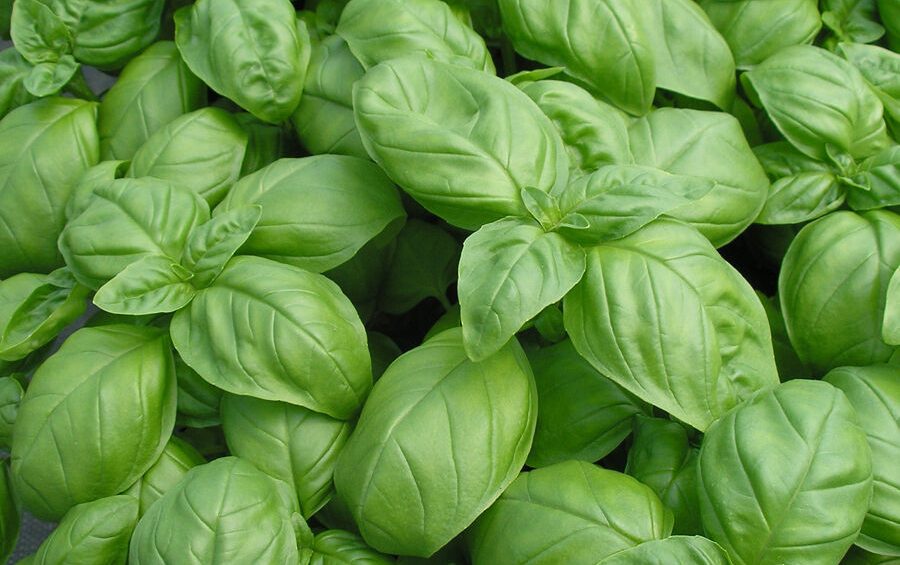
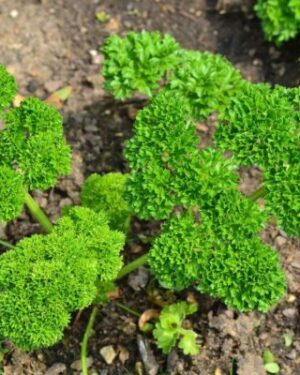
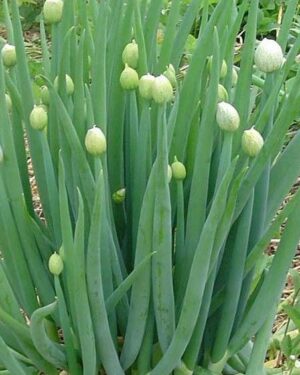
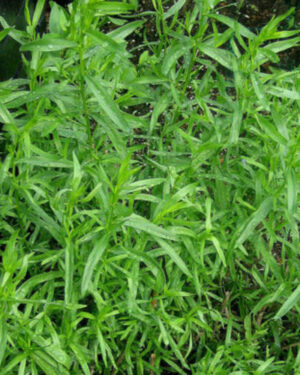
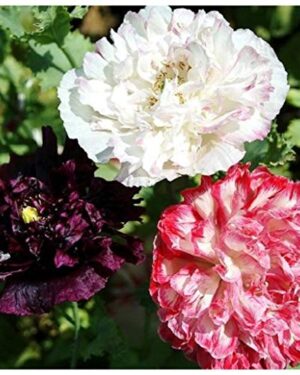
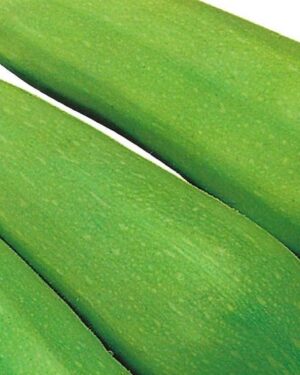
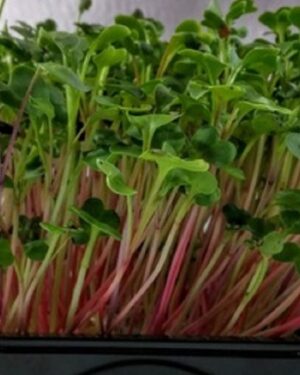
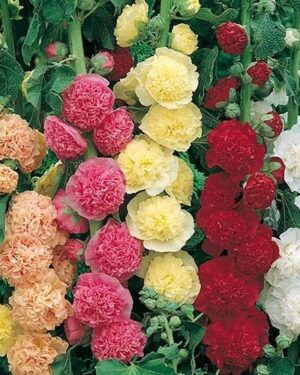
Reviews
There are no reviews yet.